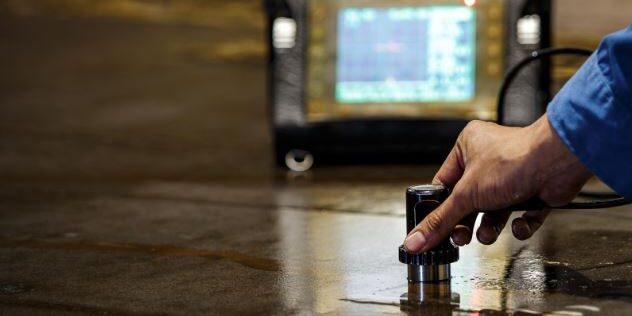Destructive & Non-Destructive Testing
Metal testing is there since the professionals have been mixing different metals. People tend to compare destructive and non-destructive testing. But in general, both methods give accurate results and have their area of expertise. Both approaches have pros and cons in their testing procedure and results. Most people find destructive testing more reliable because of many possible reasons. But non-destructive testing dominates destructive testing in some way. So, it is essential to know both types of metal testing before making any final decision.
Destructive Testing
Destructive testing is mainly used to check the material’s behavior, like fabrication validation, characterization, and failure investigation. Moreover, the method inspects to confirm the specific design and application of the procedure. The experts rely on destructive testing because of its accurate results that are comparatively easy to verify. In this method, you can quickly examine the composition of particular metal by comparing it to another known substance.
The loads used are tension, compression, shearing, compression, shearing, torsion, bending, and buckling. Depending on these loads applied in the destructive testing process, you can get the necessary parameters to determine the material and its geometry. We can conclude that this method generally defines the specific material constants.
Methods of Destructive Testing
Workers put themselves at serious risk because of component failure. That is why safety-relevant components must be checked at regular intervals. Different methods are used in destructive testing to produce the most reliable and accurate results. Following are given some of those methods.
- Tensile test
- Compression test
- Hardness test
- Flexural test
- Charpy impact test
- Fatigue test
- Creep-rupture test
- Relaxation test
- Cupping test
Non-Destructive Testing
Non-destructive testing (NDT) is an analysis technique to evaluate the component, material’s property, structural characteristics differences, and disruption without causing damage. This method is also known as non-destructive evaluation (NDE), non-destructive examination (NDE), and non-destructive inspection (NDI). Moreover, non-destructive testing, in general, checks the usability of finished goods. As the name indicates, this method is used to test the material in a non-destructive way. Unlike destructive testing, NDT helps you get non-destructive material at the end of the whole testing process. This test is comparatively easier to conduct with reliable and efficient results. In some cases, when you have fewer items to test, this method helps you out as it does not destroy.
Methods of Non-Destructive Testing
Different methods are used to inspect or test the elements through various techniques. Some of them allow only surface inspection, while others allow for a complete volumetric assessment. The results of these methods may vary from one another because of the material used in the process.
- Visual NDT (VT)
- Ultrasonic NDT (UT)
- Radiography NDT (RT)
- Eddy Current NDT (ET)
- Magnetic Particle NDT (MT)
- Acoustic Emission NDT (AE)
- Liquid Penetrant NDT (PT)
- Leak Testing (LT)
Final Verdict
Comparing both testing methods, destructive testing gives relatively more reliable and accurate results. On the other hand, non-destructive testing saves cost on material and avoids asset damage. In terms of inspection, destructive testing is less efficient and expensive, and manual steps take more time. It does not matter which testing method is being used but what’s important is you need to consult the experts to determine the metal composition.
Need a Forge Shop Quote?
- Click Here: Request a Quote
- Contact: sales@andersonshumaker.com
- Website: https://andersonshumaker.com/
- Stock: Stock List (Metal Grades)







